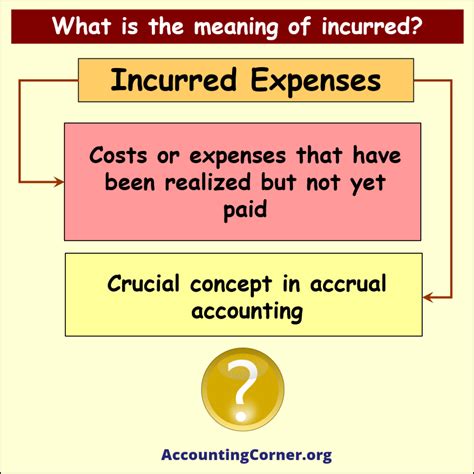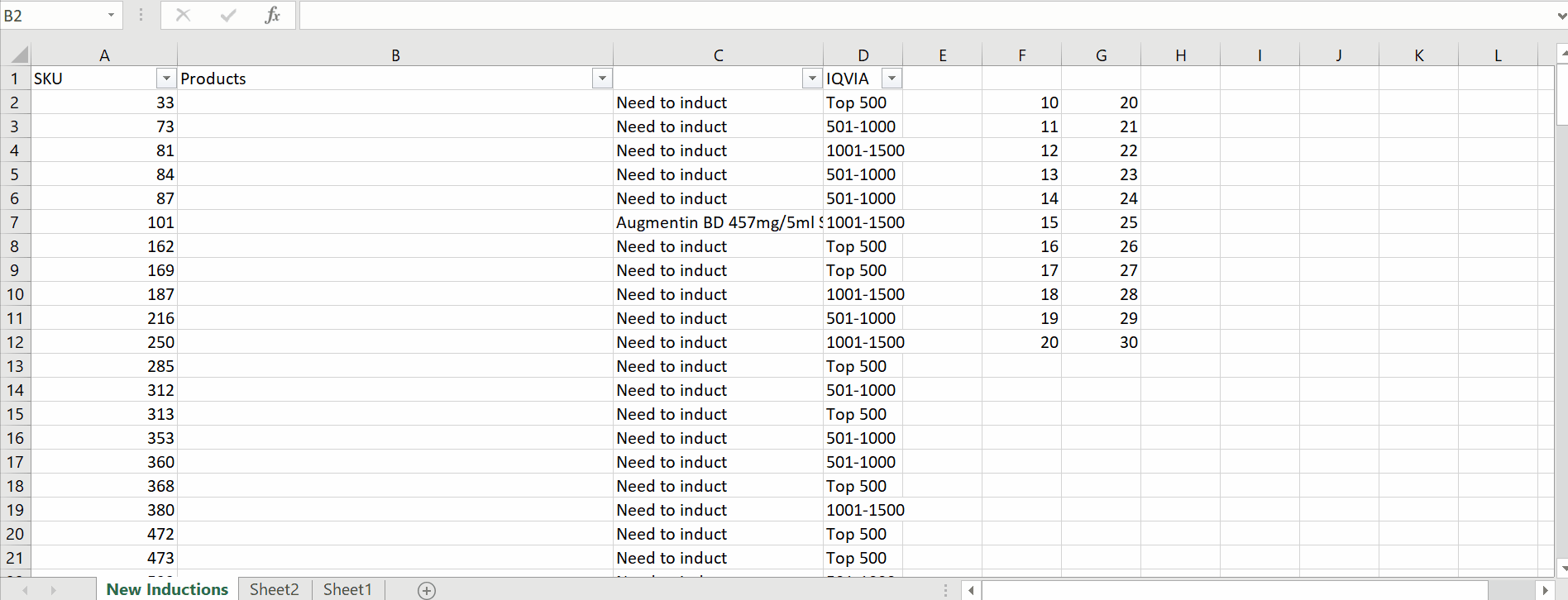How to Master Blank Cell Conditional Formatting

Conditional formatting is a powerful tool in Excel that allows users to dynamically format cells based on specific criteria. One common challenge that many Excel users encounter is formatting blank cells. This seemingly simple task can often be tricky, especially when dealing with large datasets or complex formulas. In this article, we will delve into the world of blank cell conditional formatting, providing you with expert insights and step-by-step guides to master this technique.
Understanding Blank Cell Conditional Formatting

Before we dive into the intricacies of formatting blank cells, let’s establish a clear understanding of what it entails. Blank cell conditional formatting involves applying specific formatting rules to cells that are empty or contain no data. This can be particularly useful when you want to visually highlight missing data, identify trends, or draw attention to specific patterns within your spreadsheet.
For instance, imagine you have a large dataset with sales figures for different products. You want to quickly identify any missing sales data for a particular month. By using blank cell conditional formatting, you can easily format those cells with a distinct color or font style, making it evident which products lacked sales data during that period.
The Importance of Blank Cell Formatting
Mastering blank cell conditional formatting offers several advantages to Excel users:
- Data Visualization: Blank cells can disrupt the visual flow of your spreadsheet, making it harder to interpret data. By formatting them, you enhance the overall aesthetics and readability of your data.
- Error Detection: Blank cells can sometimes indicate errors or missing information. With conditional formatting, you can quickly identify these cells and take appropriate action.
- Data Analysis: Formatting blank cells can help you analyze trends and patterns. For example, if you notice a recurring pattern of blank cells in a specific column, it might suggest a systematic issue that needs addressing.
Step-by-Step Guide: Formatting Blank Cells

Now that we’ve established the importance of blank cell conditional formatting, let’s explore a detailed, step-by-step guide to help you master this technique:
Step 1: Select the Range of Cells
The first step is to select the range of cells you want to format. This can be a single column, a row, or even an entire worksheet. Ensure you select the appropriate range to avoid accidental formatting of other cells.
Step 2: Access the Conditional Formatting Menu
Navigate to the Home tab in Excel and locate the Conditional Formatting button. Click on it to reveal a dropdown menu with various conditional formatting options.
Step 3: Choose the “Blank Cells” Rule
From the conditional formatting menu, select the option labeled “Highlight Cells Rules” and then choose “Blank Cells”. This will open a new dialog box specifically designed for formatting blank cells.
Step 4: Set the Formatting Rules
In the “Blank Cells” dialog box, you’ll find two main options:
- Format all cells with no value: This rule will format all blank cells in the selected range.
- Format only cells that are blank: This option allows you to format only the cells that are truly empty, ignoring cells containing spaces or non-printable characters.
Choose the appropriate rule based on your specific requirements.
Step 5: Customize the Formatting
Once you’ve selected the rule, click on the “Format” button to open the Format Cells dialog box. Here, you can customize the appearance of the blank cells by choosing specific font styles, cell colors, borders, or even applying custom formatting options like data bars or color scales.
Step 6: Preview and Apply
Excel provides a real-time preview of the formatting changes. Adjust the settings until you’re satisfied with the appearance. Finally, click “OK” to apply the conditional formatting to the selected cells.
Advanced Techniques
Conditional formatting in Excel is a versatile tool, and there are several advanced techniques you can explore to enhance your blank cell formatting:
- Combining Rules: You can combine multiple conditional formatting rules to create complex formatting scenarios. For example, you could format blank cells in one color and non-blank cells with a different color to highlight missing data.
- Using Formulas: Excel allows you to apply conditional formatting based on formulas. This opens up a world of possibilities, as you can format cells based on complex calculations or comparisons.
- Dynamic Ranges: You can use dynamic ranges, such as named ranges or Excel tables, to automatically adjust the conditional formatting as your data changes.
Real-World Applications
Blank cell conditional formatting finds practical applications in various scenarios. Here are a few real-world examples to illustrate its usefulness:
Financial Reporting
In financial spreadsheets, it’s crucial to identify missing data or errors. By formatting blank cells, accountants and financial analysts can quickly spot any missing figures or inconsistencies in financial reports, ensuring accuracy and reliability.
Inventory Management
For businesses managing inventory, blank cell formatting can help identify products with missing stock levels. This allows for timely reordering and ensures optimal stock management.
Data Cleaning and Quality Control
Data analysts often use conditional formatting to clean and validate data. Formatting blank cells can help identify incomplete records, enabling efficient data cleaning and improving data quality.
| Scenario | Application |
|---|---|
| Financial Reporting | Quickly identify missing financial data |
| Inventory Management | Highlight products with missing stock levels |
| Data Cleaning | Flag incomplete records for efficient data cleaning |

Best Practices and Troubleshooting
To ensure optimal results when working with blank cell conditional formatting, consider the following best practices:
- Consistency: Maintain a consistent formatting style throughout your spreadsheet. This makes it easier for others (and yourself) to interpret the data.
- Use Clear Labels: Ensure your conditional formatting rules have clear and descriptive names. This helps when you or others need to understand or modify the rules in the future.
- Regular Review: Periodically review your conditional formatting rules, especially if your data changes frequently. This ensures that the formatting remains relevant and accurate.
If you encounter any issues or have specific questions related to blank cell conditional formatting, here are some common troubleshooting tips:
Troubleshooting Tips
- Incorrect Formatting: Double-check your selected range and ensure you’ve applied the formatting rules to the correct cells.
- Formula-Based Formatting: If you’re using formulas, ensure they are correctly written and refer to the appropriate cells. Consider using absolute cell references to avoid unintended changes.
- Hidden Cells: Sometimes, hidden cells can interfere with conditional formatting. Ensure all relevant cells are visible and not hidden.
Conclusion

Mastering blank cell conditional formatting in Excel is a valuable skill that enhances your data visualization and analysis capabilities. By following the step-by-step guide and exploring the advanced techniques outlined in this article, you’ll be able to create visually appealing and informative spreadsheets. Remember to apply best practices and regularly review your conditional formatting rules to ensure accuracy and consistency.
Can I format blank cells with specific colors or patterns?
+Absolutely! When customizing the formatting, you can choose specific colors, fill patterns, or even apply custom formats like data bars or color scales to visually represent blank cells.
Is it possible to format blank cells based on a specific condition, like a date range?
+Yes, you can use conditional formatting with formulas to apply formatting based on specific conditions. For example, you could format blank cells within a date range by using formulas that compare cell values to the desired range.
Can I remove conditional formatting from blank cells if I no longer need it?
+Absolutely! To remove conditional formatting, simply select the cells, navigate to the Conditional Formatting menu, and choose “Clear Rules” from the dropdown. This will remove any conditional formatting rules applied to those cells.



